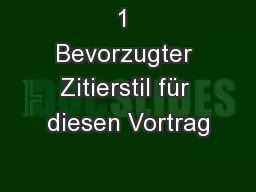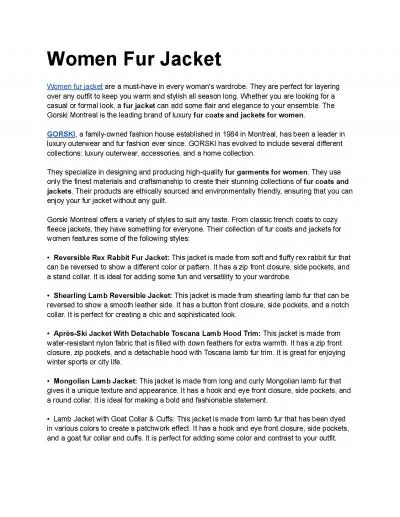PPT-1 Bevorzugter Zitierstil für diesen Vortrag
Author : lindy-dunigan | Published Date : 2017-04-20
Axhausen KW 2012 LargeScale Travel Data Sets and Route Choice Modeling European Experience presentation at Workshop 189 Route choice modeling and availability of
Presentation Embed Code
Download Presentation
Download Presentation The PPT/PDF document "1 Bevorzugter Zitierstil für diesen Vor..." is the property of its rightful owner. Permission is granted to download and print the materials on this website for personal, non-commercial use only, and to display it on your personal computer provided you do not modify the materials and that you retain all copyright notices contained in the materials. By downloading content from our website, you accept the terms of this agreement.
1 Bevorzugter Zitierstil für diesen Vortrag: Transcript
Download Rules Of Document
"1 Bevorzugter Zitierstil für diesen Vortrag"The content belongs to its owner. You may download and print it for personal use, without modification, and keep all copyright notices. By downloading, you agree to these terms.
Related Documents














